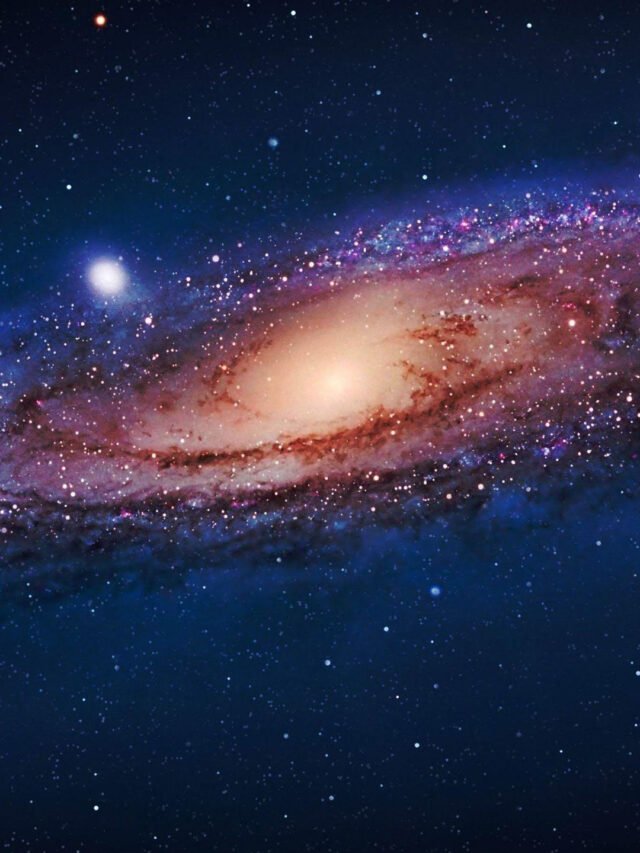
A groundbreaking study by researchers at the University of Saskatchewan has cast new light on the extent of water present within Earth’s crust, offering fresh insights that could play a pivotal role in addressing the global water scarcity crisis. Published in 2021, this research not only maps the distribution of Earth’s water resources but also emphasizes the critical importance of groundwater, which comprises a significant yet finite portion of the planet’s fresh water supply.
Contrary to the vast expanse of saline ocean waters that dominate Earth’s surface, groundwater reserves, which are crucial for drinking and agriculture, represent just a fraction of total global water yet hold about a quarter of Earth’s freshwater. This study, highlighted in Live Science and further explored in the Geophysical Research Letters journal, reveals that the Earth’s crust contains approximately 23.6 cubic kilometres of water, an uptick from the 22.6 cubic kilometres previously reported. Such findings underscore the dynamic nature of groundwater storage and its potential to combat water scarcity.
The research also delves into the process of groundwater replenishment, primarily through rainfall, a cycle vital for the sustenance of these reserves despite ongoing extraction. With the backdrop of increased reliance on groundwater and the risks of over-extraction, the study calls for sustainable management practices to safeguard these invaluable resources. Grant Fresugon’s comments to Live Science about the prospects of utilizing deep groundwater reserves, despite challenges like salinity, highlight the necessity for innovative solutions to improve water quality and accessibility.
The study’s revelations have sparked a renewed push for policy reforms aimed at curbing water resource overuse, particularly in agriculture and industry. The emphasis is on adopting sustainable practices and conservation measures to avert water scarcity and ensure clean water access for all. As Earth’s water crisis looms large, the discovery of greater water volumes within the crust than previously known offers a glimmer of hope. Through collaborative efforts and scientific breakthroughs, humanity stands on the cusp of devising strategies that could ensure a water-secure future for the planet.









































Leave a Reply